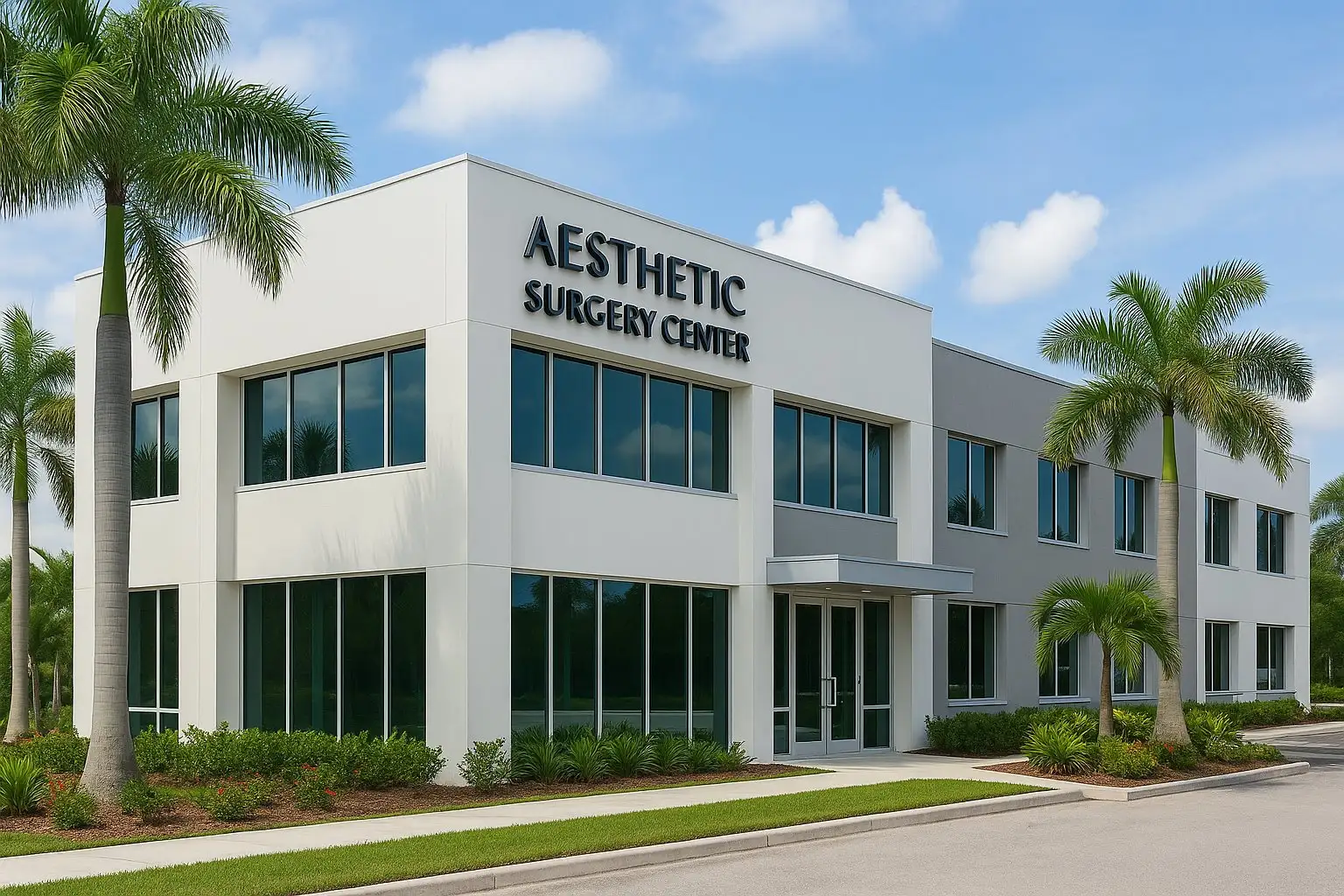
According to a Spanish-language report, Miami is now the epicenter of BBL surgeries in the United States — with thousands of patients traveling to South Florida annually to undergo the procedure. This trend comes with both economic opportunity for clinics and service-providers and a host of medical and regulatory considerations for patients, practitioners and policymakers alike.
The Brazilian Butt Lift has surged in popularity due to social-media influence, celebrity endorsements and a growing demand for body-contouring surgeries. The procedure involves transferring fat from one part of the body (often the abdomen or thighs) to the buttocks to enhance shape and volume. Miami’s climate, cultural emphasis on aesthetics and influx of international patients have all contributed to the city’s prominence in this space.
However, the procedure also carries elevated risks: fat-embolism, infection, post-operative complications and sometimes fatal outcomes if done improperly or in unsafe conditions. The report highlights that while Florida has taken steps to tighten oversight — requiring pre-operative physician visits and mandating that the operating surgeon perform the transfer themselves — challenges remain. Some clinics offer heavily discounted packages, may skimp on post-operative monitoring, or rely on less regulated nursing-or home-care follow-ups.
Local surgeons in the Miami area say they are seeing more patients who travel from out of state or overseas for BBLs, which raises additional continuity-of-care concerns. When patients depart soon after surgery, the capacity for effective post-operative monitoring, emergency follow-up and complication management can be limited. The clinics that cater to medical-tourism models may not always provide the same level of after-care as those serving local residents.
From a regulatory vantage point, authorities are warning patients to do due diligence: verify board-certified plastic surgeons, seek clinics with onsite hospitalization capabilities, understand the full scope of care (including recovery and potential complications), and avoid choosing based on price alone. The travel for surgery aspect also adds complexity: lodging, transportation, infection-risk mitigation and contingency planning all require careful consideration.
For the Miami region, the BBL-boom poses both opportunities and risks. On the positive side, aesthetic-medicine clinics, medical-tourism services, luxury-recovery retreat providers and related hospitality services benefit from the influx of patients. This generates jobs, supports the health-tourism economy and enhances Miami’s brand as a destination for high-end services. On the flip side, the healthcare ecosystem must manage potential spikes in complications, oversight burdens and reputational risks — especially if adverse outcomes occur publicly.
Patients and local advocates warn that sometimes the social-media-driven marketing around “Miami BBL packages” masks the medical seriousness of the procedure. Surgeons emphasise that realistic outcomes, risk-communication, follow-up and safe-facility standards are non-negotiable. In one interview, a Miami plastic-surgeon noted: “Just because someone is willing to fly in doesn’t mean their after-care plan is robust. That’s where trouble happens.”
The trend also interacts with broader issues of health equity and local resources. If some patients suffer complications and require emergency care, that care often falls on local hospitals and emergency systems — even if the patients came from other states or countries. That raises questions about capacity, reimbursement and public-health planning.
Looking ahead, experts anticipate that demand for BBLs and other body-contouring surgeries will continue growing — especially in metropolitan areas like Miami where aesthetics, tourism and wellness industries intersect. For regional policymakers, the challenge will be to balance the economic benefits of the medical-tourism sector with safeguarding patient safety, enforcing clinic transparency and ensuring that local healthcare infrastructure is not unduly burdened.
In sum, Miami’s emergence as the U.S. epicenter of Brazilian Butt Lift procedures underscores both a niche-industry opportunity and a critical regulatory challenge. For prospective patients, doing homework is essential. For the city, leveraging the growth while maintaining high standards will determine whether the trend remains a sustainable component of Miami’s health-and-wellness economy.